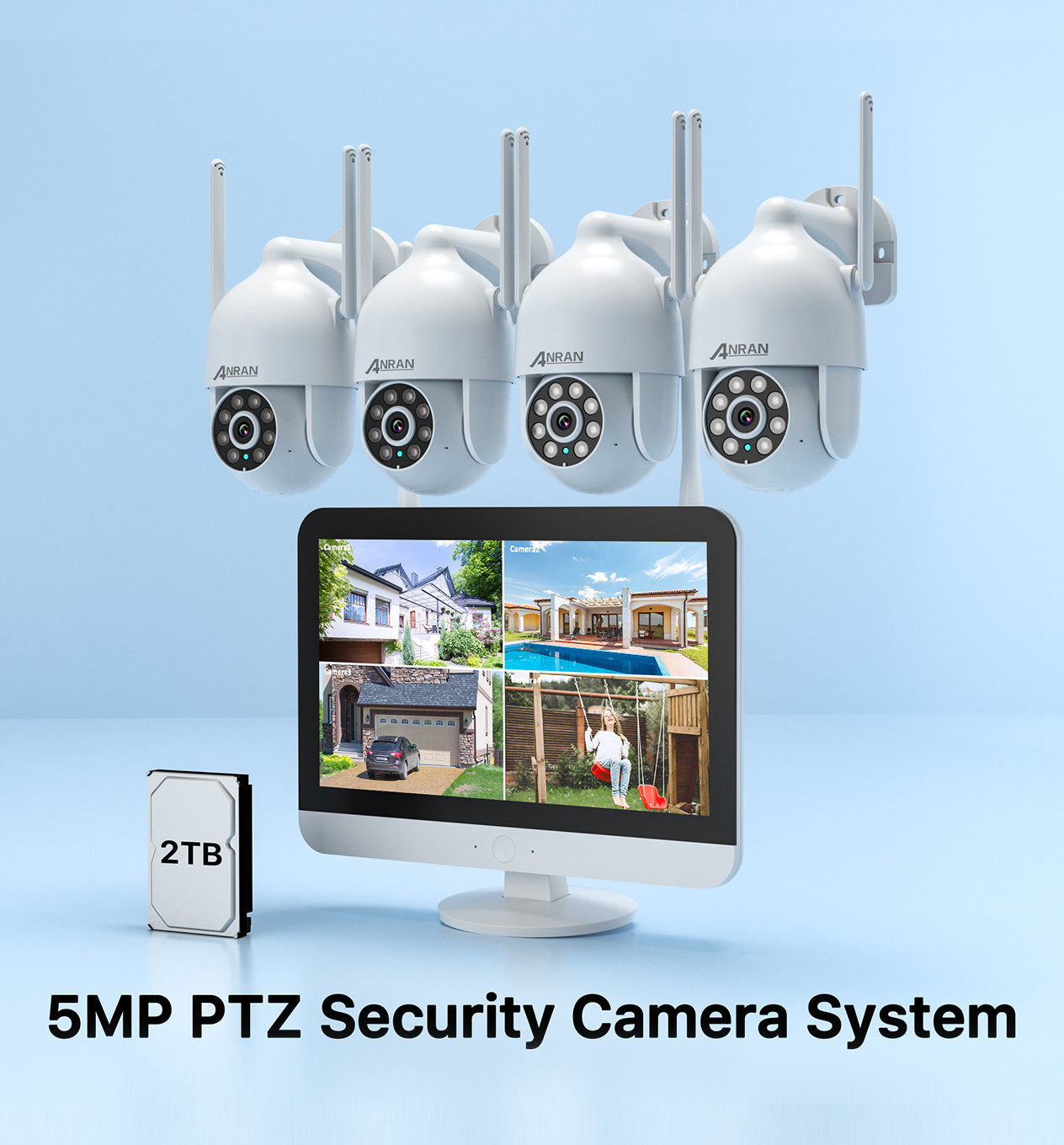CCTV cameras have undergone a remarkable transformation since their inception. Initially designed for basic surveillance, these devices have evolved into sophisticated tools that enhance security across various sectors. This article delves into the evolution of CCTV cameras, highlighting their journey from analog systems to the cutting-edge smart technology we see today.

Understanding Analog CCTV Cameras
In the early days, CCTV cameras were primarily analog devices. They captured video footage on magnetic tapes, which required manual monitoring and maintenance. While these systems were groundbreaking at the time, they had significant limitations:
- Low resolution and image quality
- Limited storage capacity
- Difficulty in remote access and monitoring
Despite these drawbacks, analog CCTV cameras laid the foundation for modern surveillance systems. They provided a basic level of security that many businesses and homes relied upon.
The Transition to Digital CCTV Cameras
As technology advanced, the transition from analog to digital CCTV cameras began. Digital systems offered several advantages, including:
- Higher resolution images
- Improved storage solutions through digital video recorders (DVRs)
- Enhanced remote viewing capabilities via the internet
This shift allowed users to monitor their properties more effectively. Digital CCTV cameras became increasingly popular in both residential and commercial settings, as they provided clearer images and easier access to recorded footage.
The Rise of IP Cameras
With the advent of the internet, Internet Protocol (IP) cameras emerged as a game-changer in the surveillance industry. These CCTV cameras utilize network connections to transmit data, offering numerous benefits:
- Scalability: Users can easily add more cameras to their network.
- Remote access: View live feeds from anywhere in the world.
- Advanced features: Many IP cameras come equipped with motion detection, facial recognition, and analytics.
As a result, IP cameras have become the preferred choice for many security professionals, providing enhanced functionality and flexibility.
The Future: Smart CCTV Cameras
Today, the evolution of CCTV cameras continues with the integration of artificial intelligence (AI) and smart technology. These advanced systems can analyze video feeds in real-time, identifying potential threats and alerting users instantly. Some key features of smart CCTV cameras include:
- Integration with smart home systems
- Cloud storage options for easy access and sharing
- Advanced analytics for improved security measures
As we look to the future, the role of CCTV cameras in security will only grow. For those interested in exploring the latest innovations in this field, consider visiting  for a comprehensive range of smart surveillance solutions.
for a comprehensive range of smart surveillance solutions.
Conclusion
The journey of CCTV cameras from analog to smart technology illustrates the significant advancements in surveillance systems. As technology continues to evolve, these devices will play an increasingly vital role in ensuring safety and security across the globe.














